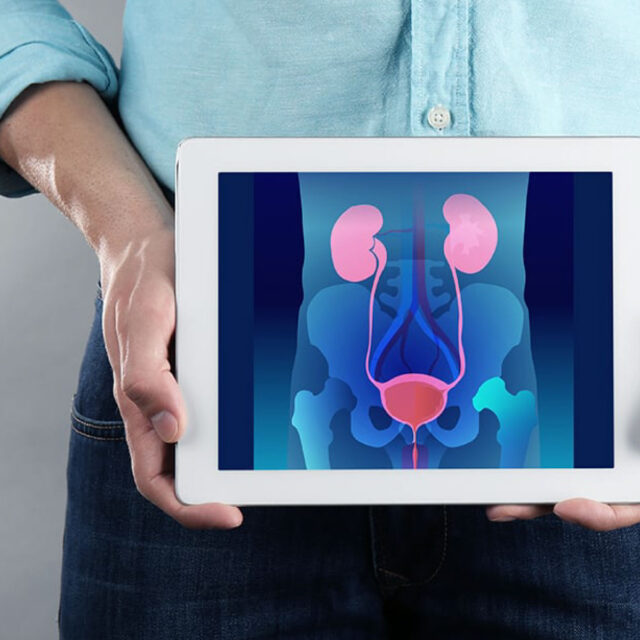Prostate cancer screening is essential for older men. The higher the age the greater the risk. So, the sooner you are diagnosed, the quicker you are treated – before it has spread and causes problems in your daily life. To this end, there has been perpetual development on prostate cancer diagnosis techniques. One of these is the application of 3-dimensional imaging technology that is used in MRI fusion with trans-rectal and trans-perineal ultrasound for prostate biopsy procedures, enabling accurate and speedy diagnoses.
Biopsy Using Magnetic Resonance Imaging (MRI)
Once the doctor has determined through blood test that the patient’s prostatic specific antigen (PSA) is at an elevated level, which indicates a high possibility of prostate cancer, the doctor will recommend a biopsy. For both MRI fusion with trans-rectal and trans-perineal ultrasound for prostate biopsy procedures, the surgeon uses magnetic resonance imaging technology to help guide the process in real-time. During the procedure, the surgeon inserts a small ultrasound probe through the patient’s rectum to clearly identify the location of the problem area for biopsy. Then, while being guided by the ultrasound magnetic imaging system, the surgeon passes a needle into the prostate to precisely retrieve tissue for biopsy. This is a huge advantage over the previous technique through which the surgeon could only take random sample tissues from the prostate, and the resulted biopsy might not be sufficiently accurate such that the patient sometimes had to return for additional procedure.
Advantages of the screening
- Prostate cancer screening result is clear and accurate.
- Prostate cancer can be discovered quicker.
- Enables treatment of early prostate cancer conditions.
- The patient’s quality of life improves after treatment.
- Urologist can better and more accurately treat the patient.

Disadvantages of the screening
- Time required is relatively long, as there are many steps:
- Undergoing magnetic resonance imaging (MRI) process.
- Requires a radiologist using a computer to outline location of the prostate and precisely identify the problem area for biopsy.
- The patient’s health must be evaluated.
- General anesthetic is required for the procedure.
- Patients in some categories cannot be screened using MRI – e.g., patients who have artificial heart valve implants or joint replacements because they can interfere with the magnetic waves, etc.
- If applicable, patients must stop taking blood thinning medication 7 days before the procedure.
- At least 1-night hospitalization.
- May require the use of urinary catheter for at least 1 day after the procedure.
Prostate Cancer Treatment
Prostate cancer treatment should primarily be guided by a specialist. The sooner the treatment commences, the better it will be for the patient. There are numerous methods for the treatment, such as radiotherapy, hormonal therapy, chemotherapy, and laparoscopic radical prostatectomy. It will depend on the symptoms, severity and size of the cancer, as well as the patient’s health condition.
When it is quickly identified, prostate cancer will not affect your daily routine very much. However, if it is ignored, the cancer may become so severe that it will be difficult to treat. So, it is essential that you undergo prostate cancer screening as recommended by your doctor.










